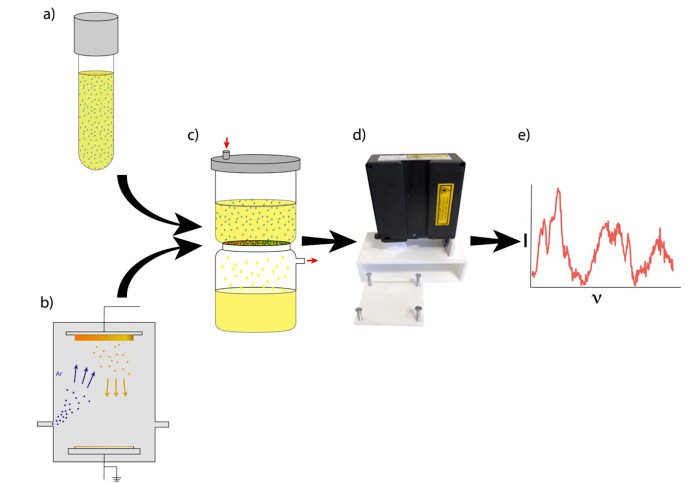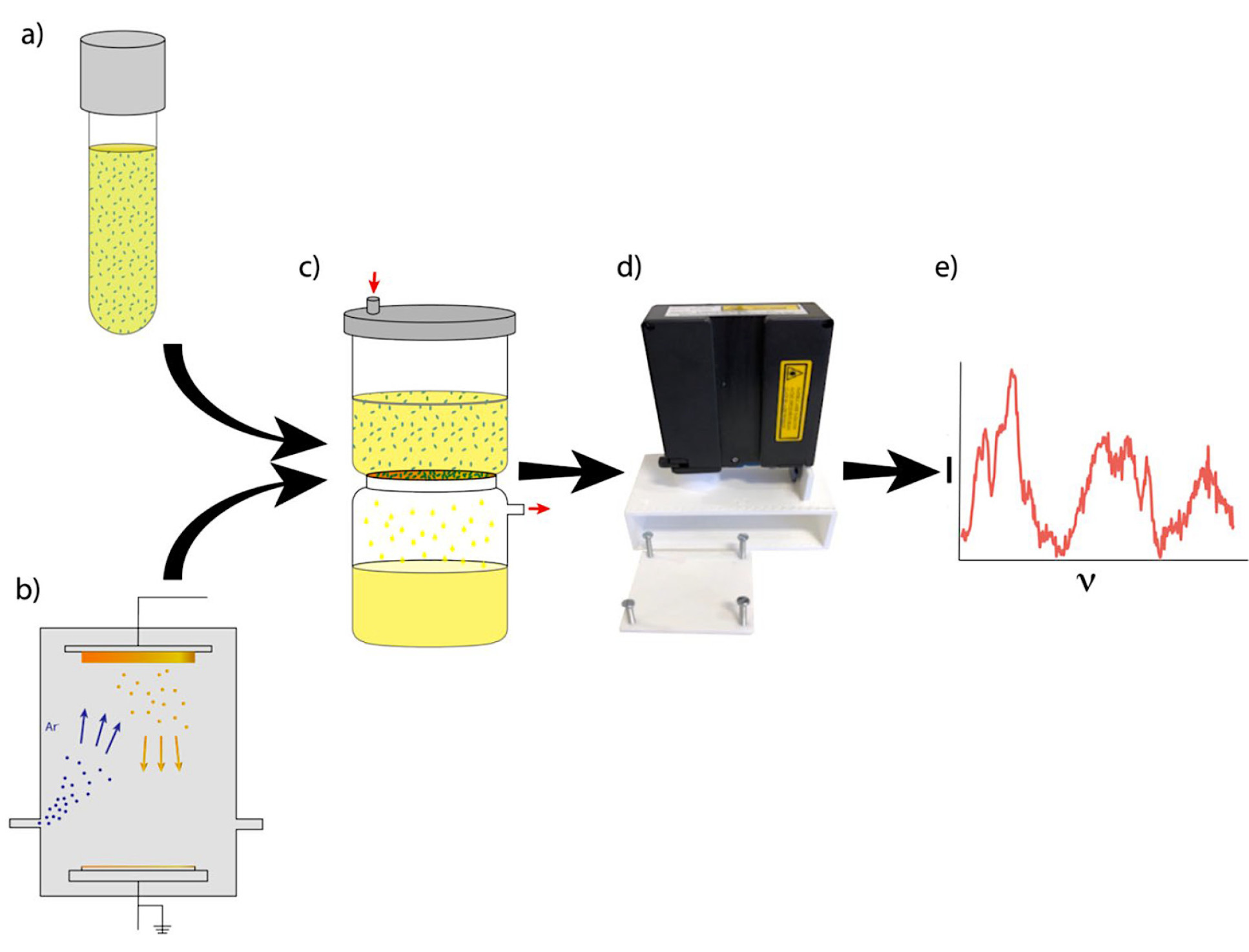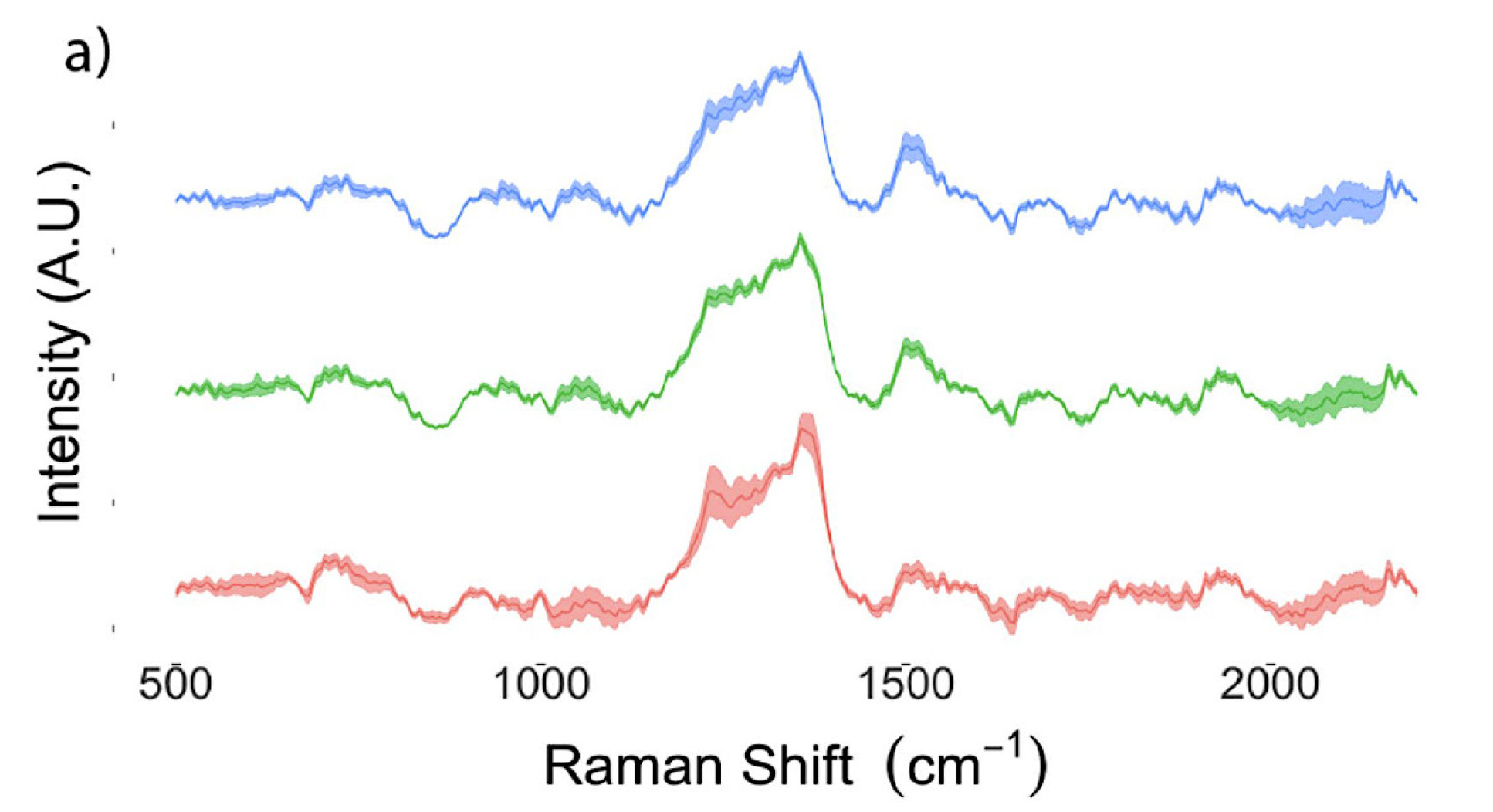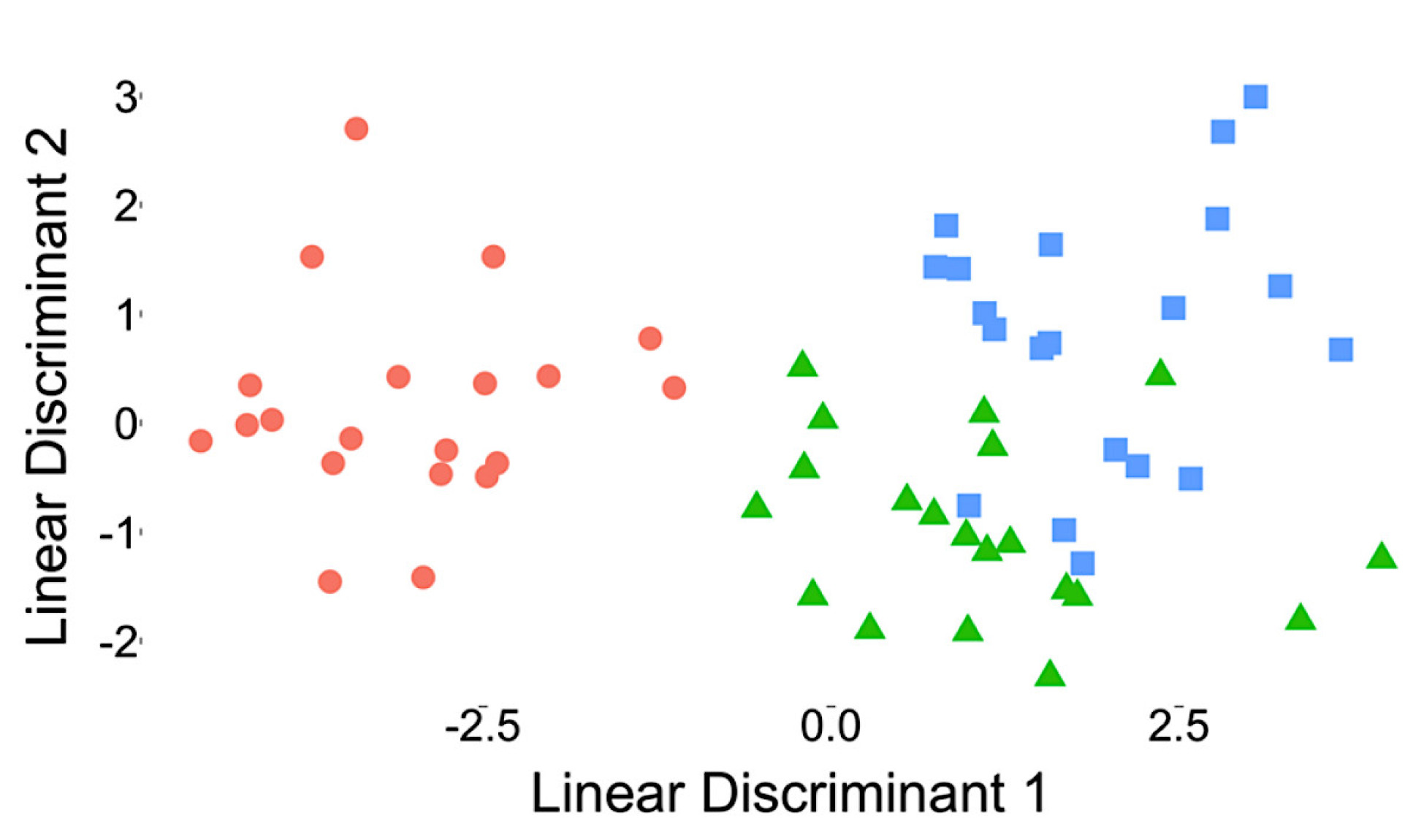Novel Gold-coated SERS Filters for Diagnosis of Urinary Tract Infections

A Hamlyn-led project proposed novel gold-coated filters for diagnosis of urinary tract infections using surface enhanced Raman spectroscopy (SERS).
According to recent research, 150 million people worldwide are diagnosed with one or more urinary tract infections (UTIs) each year, making this one of the most commonly acquired infections in humans and translating into a significant health burden.
Current diagnostics for UTIs have significant limitations due to an inability to quickly identify pathogens, which further exacerbates the burden caused by UTIs.
Surface enhanced Raman spectroscopy (SERS) has the potential to overcome the obstacles in UTI diagnostics by providing early detection of infections and rapid identification of bacteria.
To date, however, achieving accurate classification of bacteria using SERS has required technically complicated processes to capture pathogens, which has restricted the use of SERS in rapid diagnostics.
Novel Gold-coated SERS Filters for Urinary Tract Infection Identification
To enhance the accuracy and speed of SERS-based diagnostics for UTIs, a Hamlyn-led project proposed gold-coated membrane filters to capture and aggregate bacteria, separating them from urine, while also providing Raman signal enhancement.
In collaboration with Department of Surgery and Cancer as well as Department of Infectious Disease, our researchers at the Hamlyn Centre reported the application of a gold coating to polyvinylidene fluoride (PVDF) membranes using physical vapour deposition (PVD) to create SERS-active filters.
This user-friendly, single-step process allows the coated membrane filters to perform three functions: 1) capturing bacteria, 2) separating them from the background medium (urine), and 3) providing Raman signal enhancement (so-called “surface enhancement”).

An optimal gold coating thickness of 50 nm was demonstrated, and the diagnostic performance of the SERS-active filters was assessed using phantom urine infection samples at clinically relevant concentrations (105 CFU/ml).

Infected and uninfected samples were identified with an accuracy of over 90%. Amongst infected samples only, classification of three bacteria (Escherichia coli, Enterococcus faecalis, Klebsiella pneumoniae) was achieved at a rate of 91.6%.

Most importantly, processing of samples and collection of data was achieved in as little as 10-15 minutes, indicating the potential of this technique for point-of-care applications in the future.
Simon D. Dryden, Salzitsa Anastasova, Giovanni Satta, Alex J. Thompson, Daniel R. Leff and Ara Darzi, "Rapid uropathogen identification using surface enhanced Raman spectroscopy active filters", Scientific Reports 11, 8802, April 2021.
Article supporters
Article text (excluding photos or graphics) © Imperial College London.
Photos and graphics subject to third party copyright used with permission or © Imperial College London.
Reporter
Erh-Ya (Asa) Tsui
Enterprise
Dr Alex Thompson
Department of Surgery & Cancer